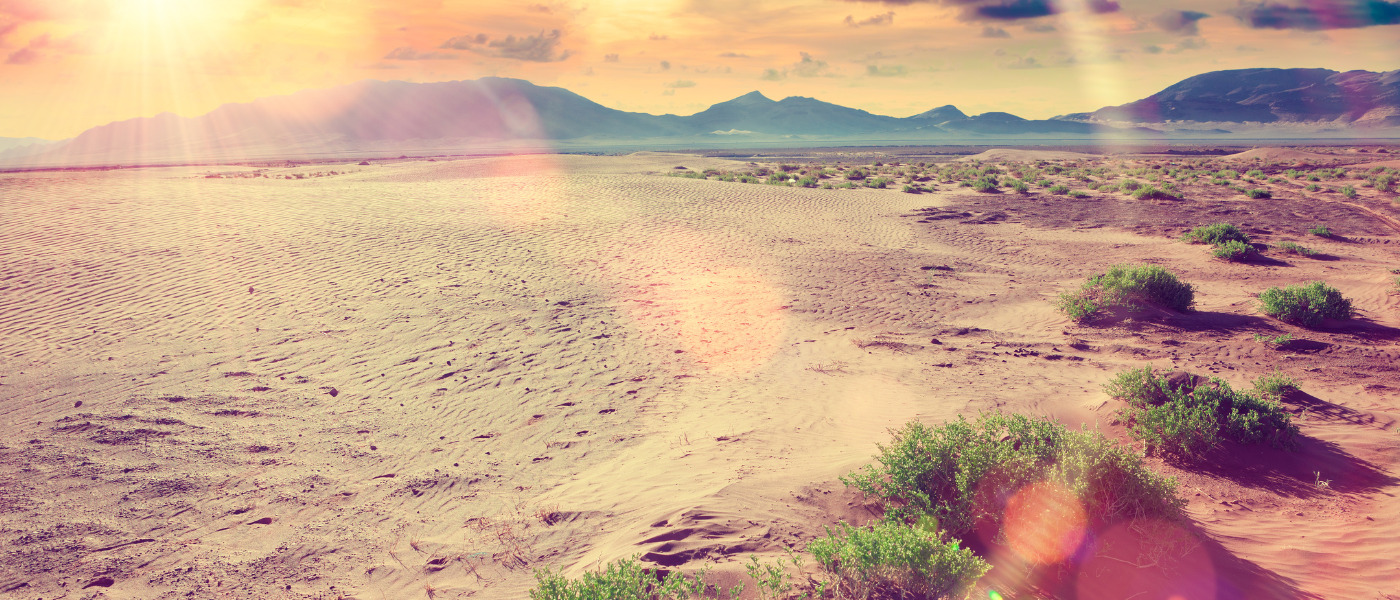How do you combat climate change and its impact on the human body in urban and desert environments? While we don’t quite have the answer yet, we are proud to say that our thermal manikin, ANDI, is helping researchers like Arizona State University’s (ASU) associate professor of mechanical engineering, Konrad Rykaczewski, find the answer. Konrad was kind enough to share how they’re using ANDI in their research, and we were thrilled to learn – just in time for Earth Day!
Thermetrics president Rick Burke recently visited Arizona State University (ASU) to drop off (and set up) the promising young man(ikin), dedicated to helping some of these brilliant minds conduct environmental research.

Thermetrics: Why did you choose ANDI for your research?
Konrad: One of the things ANDI enables over prior manikins is more accurate measurements of the heat transfer coefficient from the human body, basically measuring how much heat people lose to the surrounding air.
Usually, a manikin’s skin temperature is regulated to a fixed level above the environment temperature, and different labs measure at different temperatures. Those results feed into various models and predictions, which don’t always align.
Typically you measure how much heat the manikin loses to the environment. That includes convection and radiation exchange. The radiation exchange is difficult to account for, but if you do one experiment where you have cold air blowing over the manikin, and then the same experiment with hot air blowing over the manikin, you get a negative heat flux. From the difference between these two scenarios, you can find out what the radiation is, and you can directly account for it. No one has been able to do this before. With ANDI’s active cooling capability, this can enable measurement in a different way that hasn’t been done before, and could resolve measurement discrepancies.
Thermetrics: What are the benefits of being able to take ANDI outdoors, as opposed to only conducting research in a lab?
Konrad: If you’re going to design clothes for hot weather, it needs to move beyond just loose, lightweight clothing. With human heat transfer, details matter. If you understand how a person heats in hot conditions, you can try to find different ways to address that. Most other manikins don’t have internal cooling, so one of the things we can do on a hot summer day is set up an experiment with ANDI running in constant temperature mode and put different types of potential cooling clothing. For example, let’s say we focus on what hat is best to wear in the scorching sun. There are all these options ranging from hats that are reflective or cooled with ice packs or evaporation to maybe bit silly things like umbrella hats, and it’s not obvious what actually works, and in the lab it’s almost impossible to replicate near overhead solar radiation well.
ANDI will help us identify a problem and determine how good or bad certain products are. Then, we can try and intelligently improve them. In regards to our basic measurements that correlate ANDI heating by different modes (convection, solar radiation, long wave radiation) to what is typically measured using state-of-the art weather stations, such information might ultimately help cities know which mechanisms to use in urban planning against the heat.
Want to learn more about ANDI?
From heat transfer to hats, we are excited to see the strides ANDI, Konrad, and the team at ASU make in urban planning against the heat. Learn more about ANDI’s work at ASU here.
